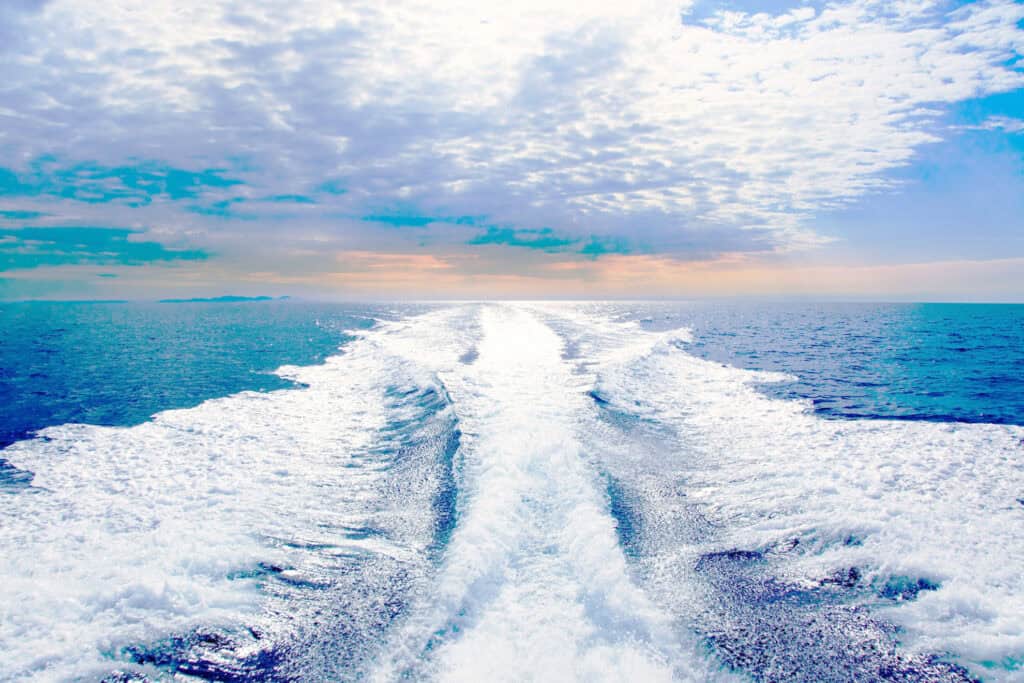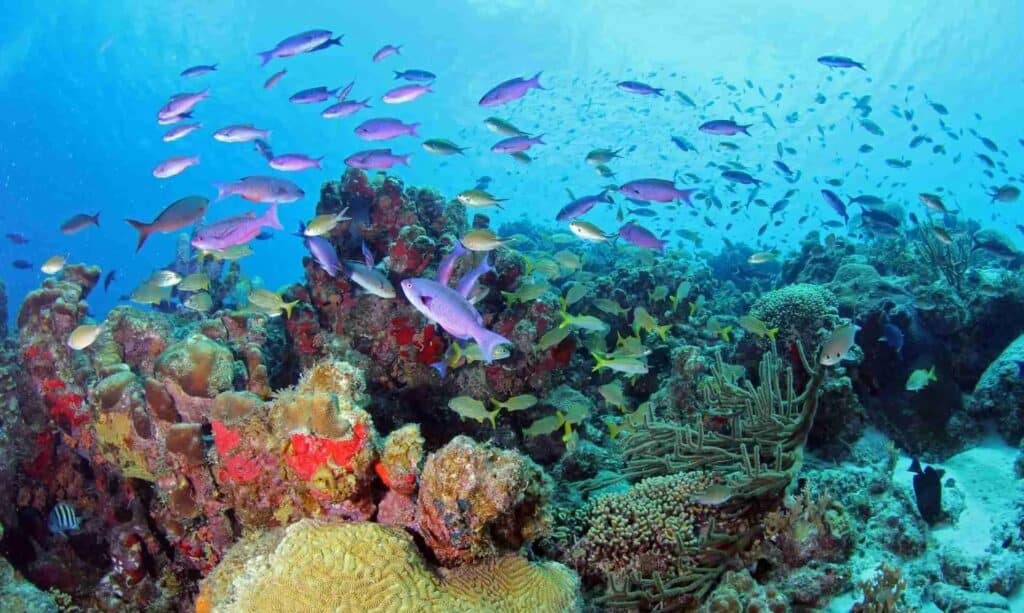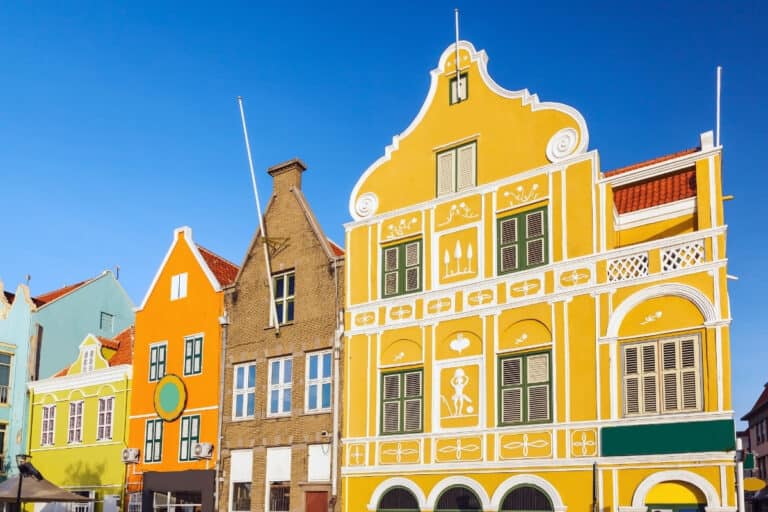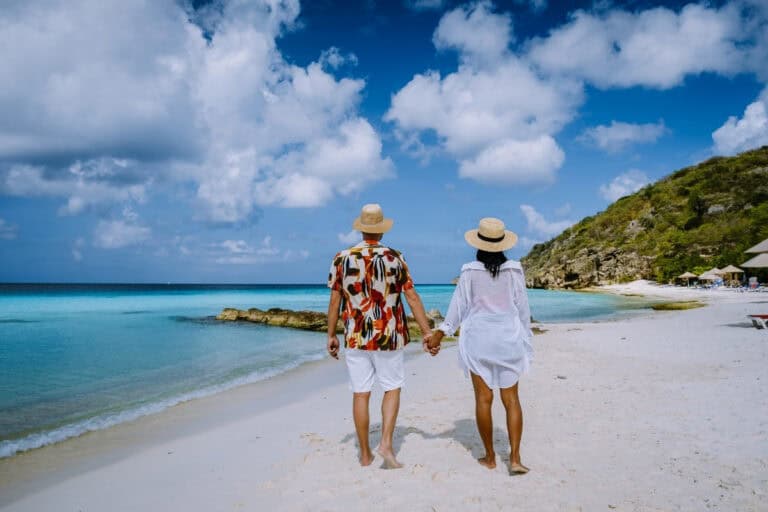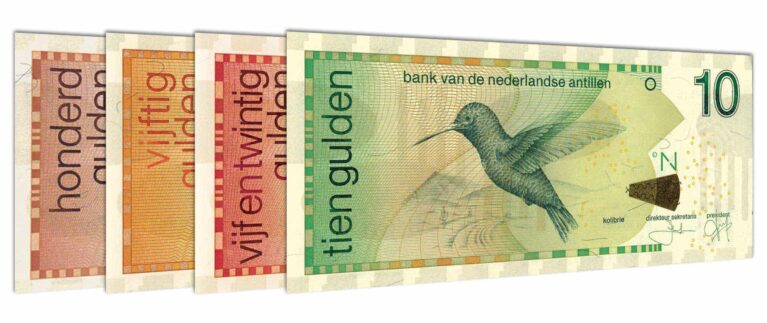
How much should I budget per day in Curaçao?
How much should I budget per day in Curaçao?
Planning a Caribbean getaway and wondering what your daily expenses will look like on this stunning Dutch island?
What you need to know before planning your trip
Your daily budget in Curaçao typically ranges from $75 to $250 per person, depending on your travel style and preferences. Budget-conscious travelers can comfortably explore the island spending around $75-100 daily by staying in economical accommodations, eating at local spots, using public transportation, and enjoying free beaches. Mid-range visitors should plan for $150-180 per day, which covers a rental car, meals at both casual and upscale restaurants, and popular paid activities like snorkeling at Mambo Beach or visiting Christoffel National Park.
If you prefer high-end places and luxury experiences, expect to spend $200-250 or more daily. This includes staying at premium properties like Villa Tokara, dining at exclusive waterfront restaurants, and booking private tours. Keep in mind that most businesses accept credit cards, though having some local currency (Netherlands Antillean guilder) is helpful for smaller vendors. The island welcomes cruise ships regularly, so if you’re visiting on a day pass, your budget will focus mainly on activities, meals, and transportation rather than accommodation.
Understanding these price ranges helps you plan realistically and ensures you can fully enjoy everything from exploring the Queen Emma Bridge to discovering hidden beaches without financial stress.
Luxury car rentals in Curaçao
Experience transparent pricing and exceptional service with Rent Car Curaçao. Choose from luxury vehicles elevate your Curaçao adventure.
Breaking down the costs of your island adventure
Beyond understanding general daily budgets, you need to know exactly where your money goes in Curaçao. From accommodation choices to dining decisions and transportation options, each spending category significantly impacts your overall expenses. Let’s explore the specific costs that shape your daily budget and help you make informed choices for your Caribbean vacation.
Accommodation options across price ranges
Your lodging choice represents your largest daily expense. Budget travelers find hostels and guesthouses starting around $40-60 per night, while pet-friendly hotels and mid-range options like Dolphin Suites typically cost $100-150 nightly. Properties such as Curacao Exclusief offer excellent value with kitchen facilities that help reduce meal costs. Luxury seekers booking Villa Tokara or similar upscale properties should expect $250-400 per night. If arriving via cruise ships, you’ll skip accommodation costs entirely but may want to book a day room for showering after beach activities.
Transportation and getting around the island
Most visitors benefit from securing a rental car through established rental car companies, with daily rates ranging from $35-70 depending on vehicle type and season. This investment grants freedom to explore remote beaches like Playa Forti and Grote Knip at your own pace. Public transportation exists as a budget alternative at just $2-3 per ride, though routes are limited and schedules infrequent. Taxis charge fixed rates but add up quickly for multiple daily trips. If island-hopping appeals to you, Divi Divi Air offers regional flights to neighboring ABC islands Aruba and Bonaire.
Dining experiences from local to upscale
Food costs vary dramatically based on where you eat. Local snack shops serve delicious Keshi Yena and pastechi for $5-8, while casual restaurants charge $15-25 per meal. Dining at high-end places with waterfront views costs $40-80 per person before drinks. Shopping at supermarkets and preparing some meals yourself dramatically reduces expenses—many accommodations offer kitchen access. Don’t miss trying authentic local dishes at neighborhood eateries where you’ll find both reasonable price points and genuine Caribbean flavors that reflect the island’s rich culinary heritage.
Activities and cultural attractions worth the investment
Free experiences include swimming at public beaches, exploring Dutch colonial charm in Willemstad, and watching sea turtles at Playa Grandi. Paid attractions range from $15 entrance to Christoffel National Park to $35-45 for museums like the Museum Kura Hulanda and Jewish Cultural Historical Museum. Water activities vary widely—a private Discover Scuba Dive Experience costs $120-180, while group snorkeling tours start around $45. Walking across the iconic Emma Bridge connecting Punda and Otrobanda costs nothing but offers priceless photo opportunities and architectural beauty.
Payment methods and money matters
Most establishments accept major credit cards, though carrying local currency (Antillean guilder) or US dollars helps at smaller vendors and beach bars. Traveler’s checks are rarely accepted anymore—ATMs are your best option for cash. The island sits outside the Hurricane Zone, making it a year-round destination without seasonal weather surcharges. Check with your credit card issuer about foreign transaction fees, and notify them of your previous travels to avoid declined purchases. Reading helpful votes from fellow travelers on forums like the Caribbean Travel Facebook Group provides current pricing insights and helps identify business at location that offer exceptional value for your spending level.
How much should I budget per day in Curaçao? - FAQ
What airlines fly to Curaçao and are there loyalty program benefits?
Major carriers serving Curaçao include American Airlines, United, and JetBlue TrueBlue members can earn points on flights to Hato International Airport. Marella Cruises also brings visitors via sea routes from various Caribbean ports. If you’re a frequent flyer, check your airline’s partnership with Dutch carrier KLM, which offers direct flights from Amsterdam. Book flights several months ahead for better rates, especially during peak winter season when demand increases significantly.
Are there pet-friendly accommodation options on the island?
Yes, several pet-friendly hotels welcome travelers with animals, though availability varies by property and advance notice is required. Contact accommodations like Dolphin Suites directly to inquire about their pet policies, size restrictions, and any additional fees. Most properties charge $15-25 per night for pets and require current vaccination records. Keep in mind that beaches and some attractions restrict animals, so plan your daily activities accordingly when traveling with furry companions.
What cruise lines regularly visit Curaçao?
The port of Willemstad welcomes numerous cruise ships year-round, with Marella Cruises, Royal Caribbean, Carnival, and Holland America among the frequent visitors. Most ships dock at the Mega Pier near downtown Willemstad, placing you within walking distance of Punda’s colorful architecture and the Queen Emma Bridge. Day-trippers can easily explore Mambo Beach, visit the Kura Hulanda Museum, or book shore excursions to Christoffel National Park without needing overnight accommodation expenses.
Where can I find the best examples of Dutch colonial architecture?
The historic districts of Punda and Otrobanda showcase stunning Dutch colonial charm with their iconic pastel-colored buildings and gabled roofs. Walk across the Emma Bridge (also called Queen Emma Bridge) connecting both sides while admiring the waterfront architecture. Visit Fort Amsterdam, the Governor’s Palace, and wander through narrow streets lined with 18th-century merchant houses. The entire downtown area is a UNESCO World Heritage Site, offering countless photo opportunities of beautifully preserved colonial structures.
What unique museums should I visit in Curaçao?
Beyond the Museum Kura Hulanda focusing on African diaspora history, explore the Jewish Cultural Historical Museum housed in a 1732 synagogue with sand floors symbolizing the Exodus from Egypt. The Kura Hulanda Museum complex spans multiple historic buildings displaying artifacts from the transatlantic slave trade era. Both museums charge around $10-15 entrance fees and provide English-language information. Budget 2-3 hours per museum to fully appreciate the exhibits and their cultural significance to Caribbean history.
What are the most spectacular beaches away from tourist crowds?
Hidden gems include Playa Forti, known for dramatic cliffs and cliff-jumping opportunities, and Grote Knip (Kenepa Grandi), featuring powdery white sand and turquoise waters perfect for swimming. Both beaches offer free access with basic facilities and small parking fees of $3-5. These locations require a rental car to reach as public transportation doesn’t service remote coastal areas. Arrive early morning to secure parking and enjoy these pristine beaches before afternoon crowds arrive from tour groups.
Where can I spot sea turtles while snorkeling?
Playa Grandi near Westpunt is the island’s premier location for swimming alongside sea turtles that frequent the bay to feed on seagrass. Visit early morning or late afternoon when turtles are most active and crowds are minimal. The beach offers free access with nearby restaurants and dive shops. Mambo Beach and Cas Abao also occasionally host turtle sightings. Remember to maintain respectful distance, never touch marine life, and avoid using flash photography that disturbs these protected creatures.
What traditional dish should I absolutely try?
Keshi Yena, meaning “stuffed cheese,” is Curaçao’s national dish featuring a hollowed Edam cheese ball filled with spiced meat, olives, raisins, and vegetables, then baked until golden. This Dutch-Caribbean fusion reflects the island’s colonial heritage and costs $18-25 at most restaurants. Find authentic versions at local eateries rather than high-end places for more reasonable price points and genuine flavors. Pair it with funchi (polenta-like cornmeal) and fried plantains for a complete traditional meal experience.
Which neighboring islands can I visit from Curaçao?
The ABC islands (Aruba, Bonaire, Curaçao) form a natural island-hopping destination, with Divi Divi Air offering short flights between all three. Bonaire attracts diving enthusiasts with its pristine reefs, while Aruba draws beach lovers to its white sand shores. Day trips aren’t practical due to flight schedules, so plan overnight stays. Each island offers distinct character—Bonaire for nature and diving, Aruba for beaches and casinos, Curaçao for culture and variety.
Is Curaçao affected by Caribbean hurricane season?
Curaçao sits outside the primary Hurricane Zone, located south of the hurricane belt at 12 degrees north latitude. While official Atlantic hurricane season runs June through November, the island experiences direct hits extremely rarely—typically once every few decades. This geographical advantage means year-round stable weather, consistent temperatures of 78-88°F, and minimal seasonal price fluctuations compared to northern Caribbean destinations that face higher storm risks and corresponding insurance costs affecting travel rates.
Discover the Wonders
of Klein Curaçao
Experience the untouched beauty of Klein Curaçao, a hidden paradise with stunning beaches and rich marine life. Perfect for snorkeling, diving, or simply relaxing in the sun.
Popular subjects
Luxury car rentals in Curaçao
Experience transparent pricing and exceptional service with Rent Car Curaçao. Choose from luxury vehicles elevate your Curaçao adventure.
Subscribe to our newletter
Discover the Wonders of Klein Curaçao
Experience the untouched beauty of Klein Curaçao, a hidden paradise with stunning beaches and rich marine life. Perfect for snorkeling, diving, or simply relaxing in the sun.

